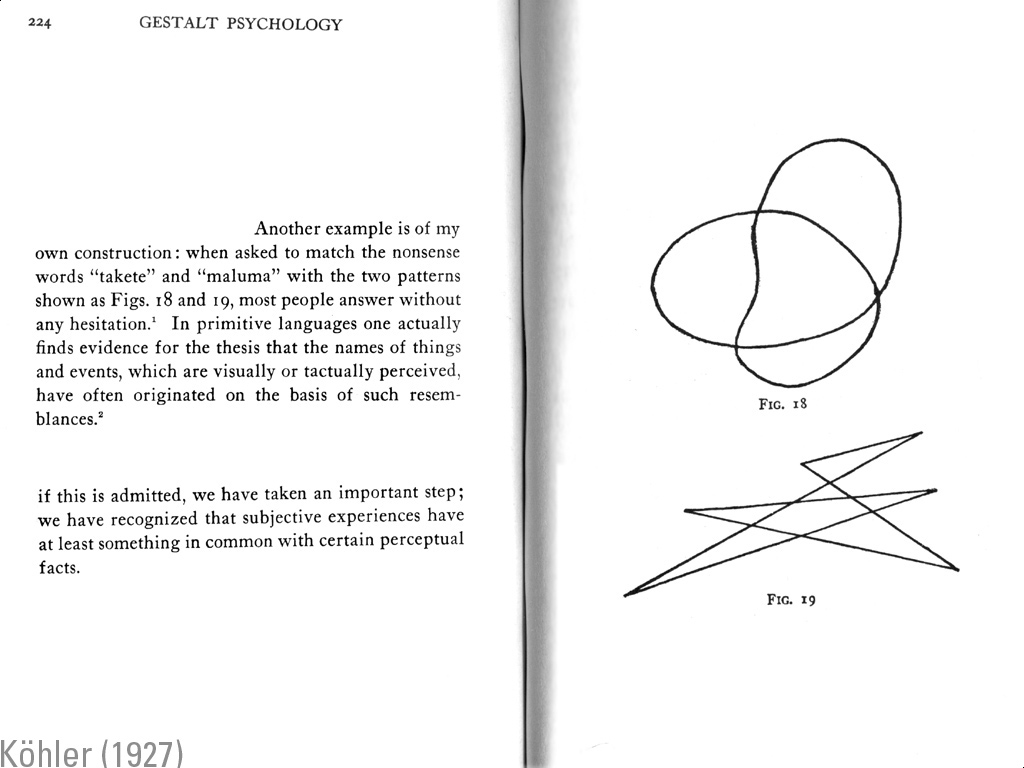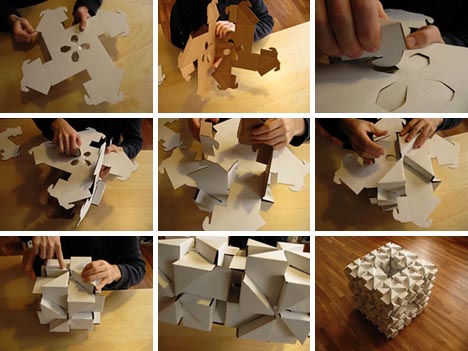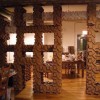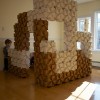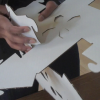It never ceases to amaze me the short jump from needle work to computer graphics. A pixel is a stitch. So too is a lego brick. Below is a short exerpt of a radio news story (click to download mp3) about images, portraits to be exact, that are made of the children’s building brick. All work is created by Wayne Peltz. The original link is found here.
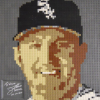
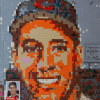
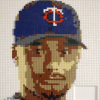
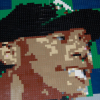
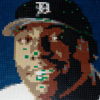
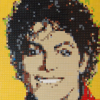
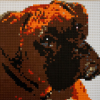
Visiting teams get more than fresh towels and cereal bars in the clubhouse when they come to play the Indians at Cleveland’s Progressive Field. These days, there is some distinctive artwork on the walls: portraits of players made with Legos.
The artist, assistant clubhouse manager Wayne Peltz, tells NPR’s Scott Simon that he was inspired by former Cleveland Indians infielder Jamey Carroll.
“Jamey Carroll used to do all these amazing, hand-drawn pictures,” Peltz says. Peltz wanted to do something one-of-a-kind, too.
He started with a portrait of Jim Thome from the hitter’s White Sox days. Peltz has also done legendary Cleveland pitcher Bob Feller and Dontrelle Willis of the Arizona Diamondbacks. Willis actually commissioned his own portrait, and Peltz is in negotiations to do a portrait for Minnesota Twins player Carl Pavano.
He charges $500 for a Lego portrait, though he says “some guys are more generous than that.” Each portrait takes about 2,500 Legos and more than 20 hours to create. To get the likeness, he starts off drawing basic shapes and shades, then uses a computer to finish off the design.
Except for Feller, no other Indian has been immortalized in Legos, but Peltz is open to it. “It’s my boss’s clubhouse,” Peltz says. “If he wanted the clubhouse done in Lego, I’d start working on it. I’d make Feller, [Rocky] Colavito, Satchel Paige, I could go down the line.”
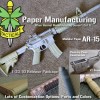 Ofazomi isn’t sure what to make of this. There is something compelling about the person who not only took the time to build a scale model of an assault rifle out of paper, but share the plans on the internet. Is this an homage to industrial design or to militarism? Or both? Or neither? The precision of the scale is striking in contrast to the hand drawn plans. What is the meaning of rendering a gun in paper? Is the symbolism even stronger when and object’s form is divorced from its functionality? If so, peaceful protesters may soon be carrying these “signs”.
Ofazomi isn’t sure what to make of this. There is something compelling about the person who not only took the time to build a scale model of an assault rifle out of paper, but share the plans on the internet. Is this an homage to industrial design or to militarism? Or both? Or neither? The precision of the scale is striking in contrast to the hand drawn plans. What is the meaning of rendering a gun in paper? Is the symbolism even stronger when and object’s form is divorced from its functionality? If so, peaceful protesters may soon be carrying these “signs”.